 Lygia Clark's "Memória do corpo" (1984) in the Hammer Museum 's Radical Women: Latin American Art 1960-1985. VIEW https://www.youtube.com/watch?v=ML_NP3s5Nqo
Lygia Clark's "Memória do corpo" (1984) in the Hammer Museum 's Radical Women: Latin American Art 1960-1985. VIEW https://www.youtube.com/watch?v=ML_NP3s5Nqo

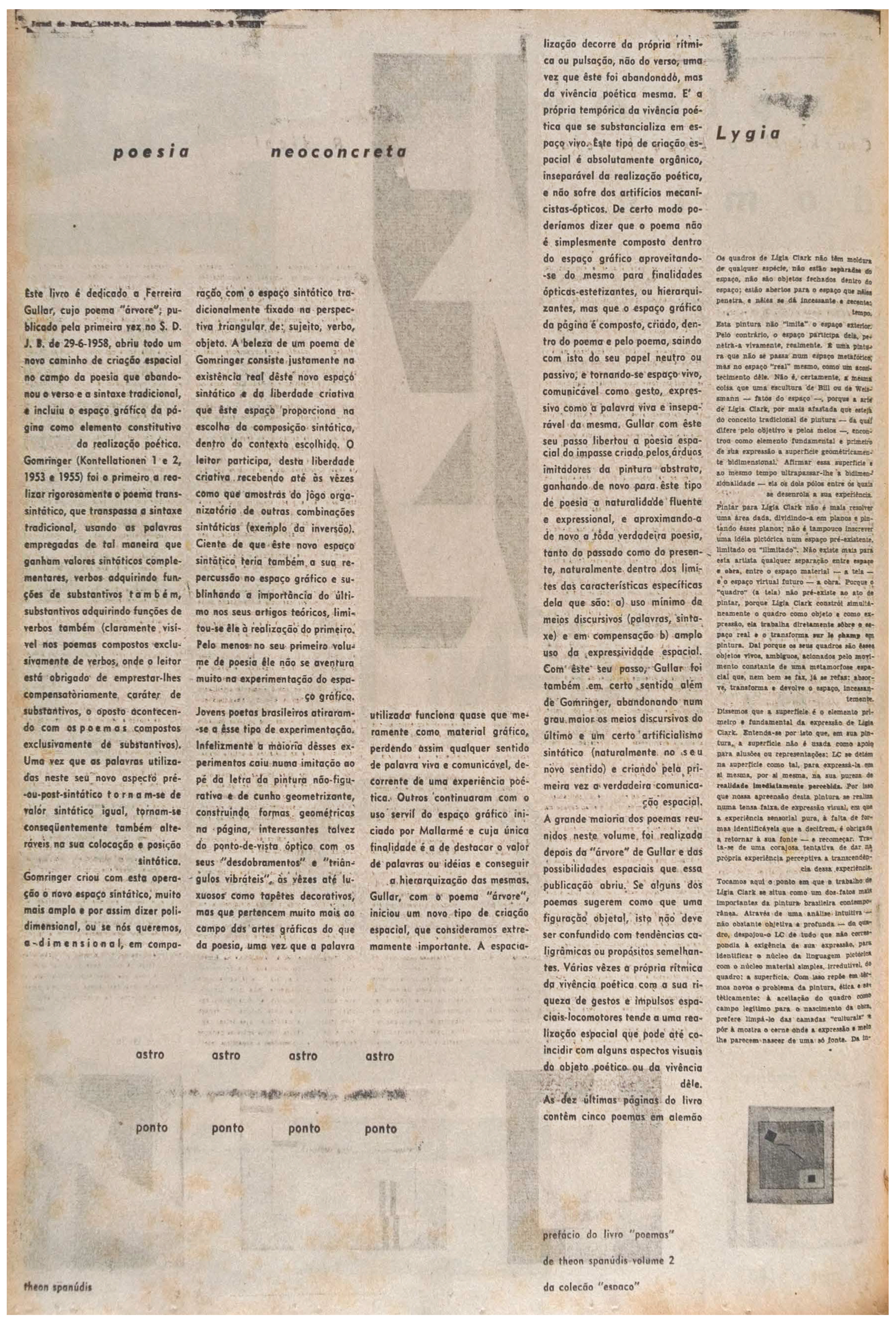

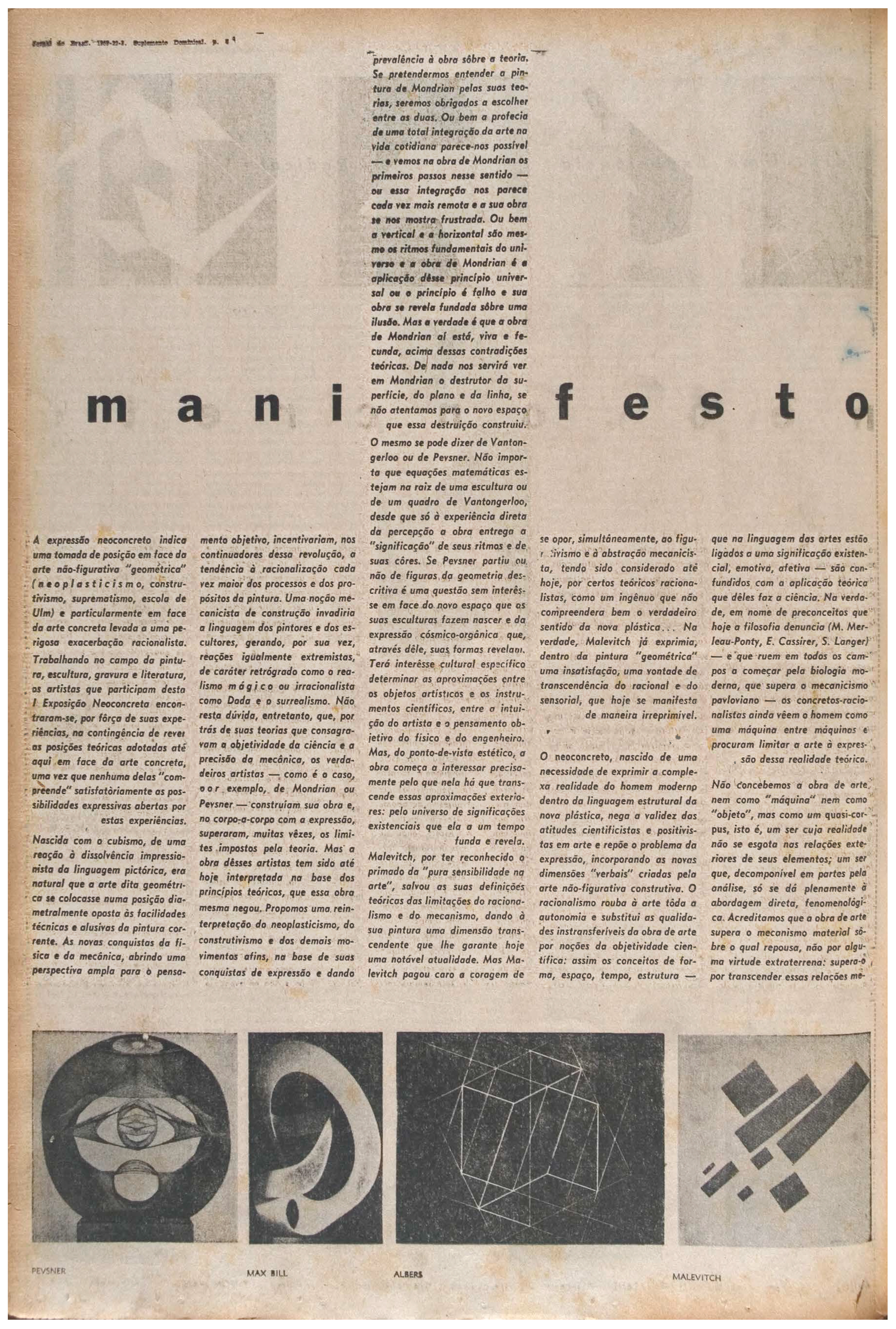
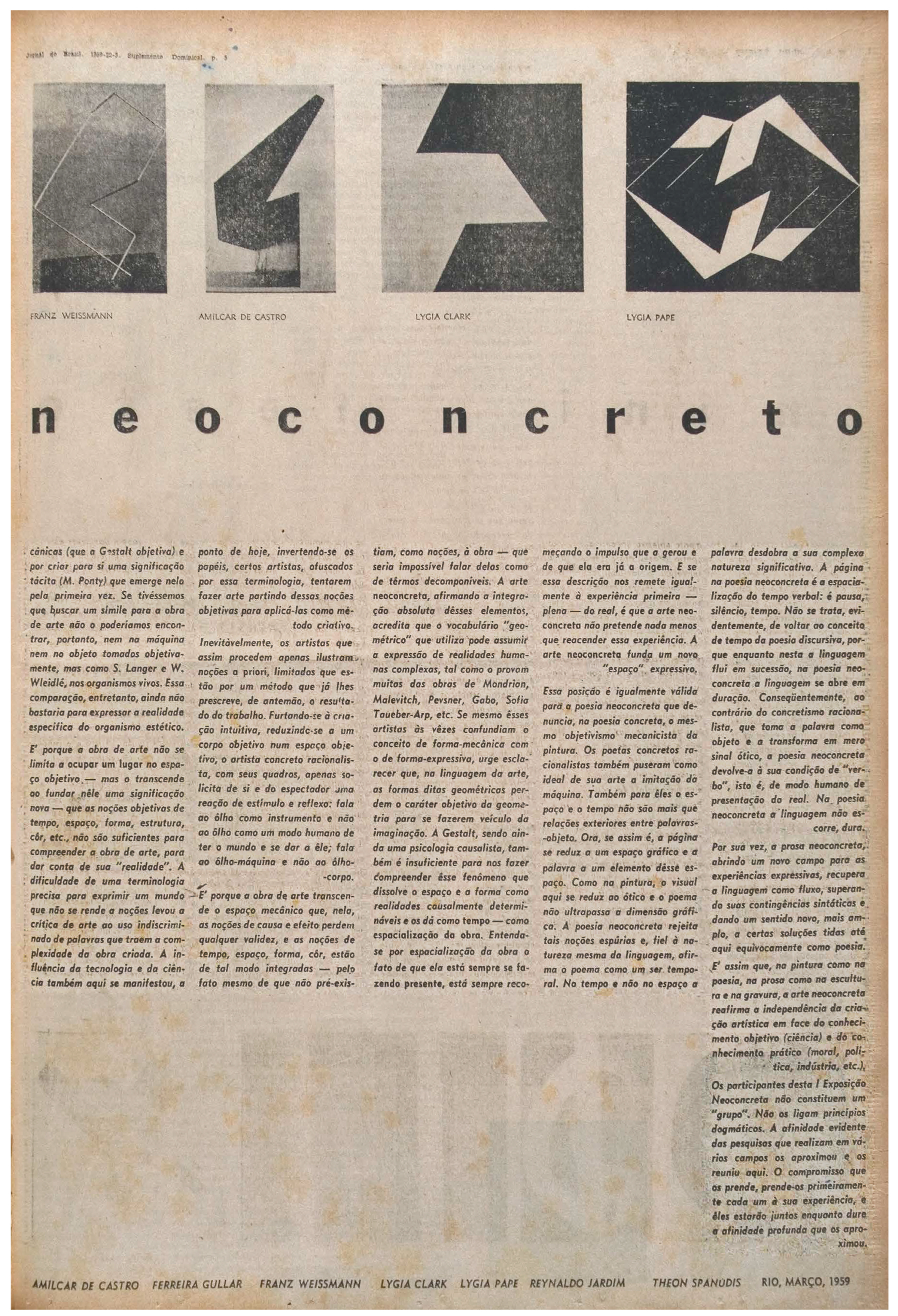
The Neo-Concrete Manifesto , 1959
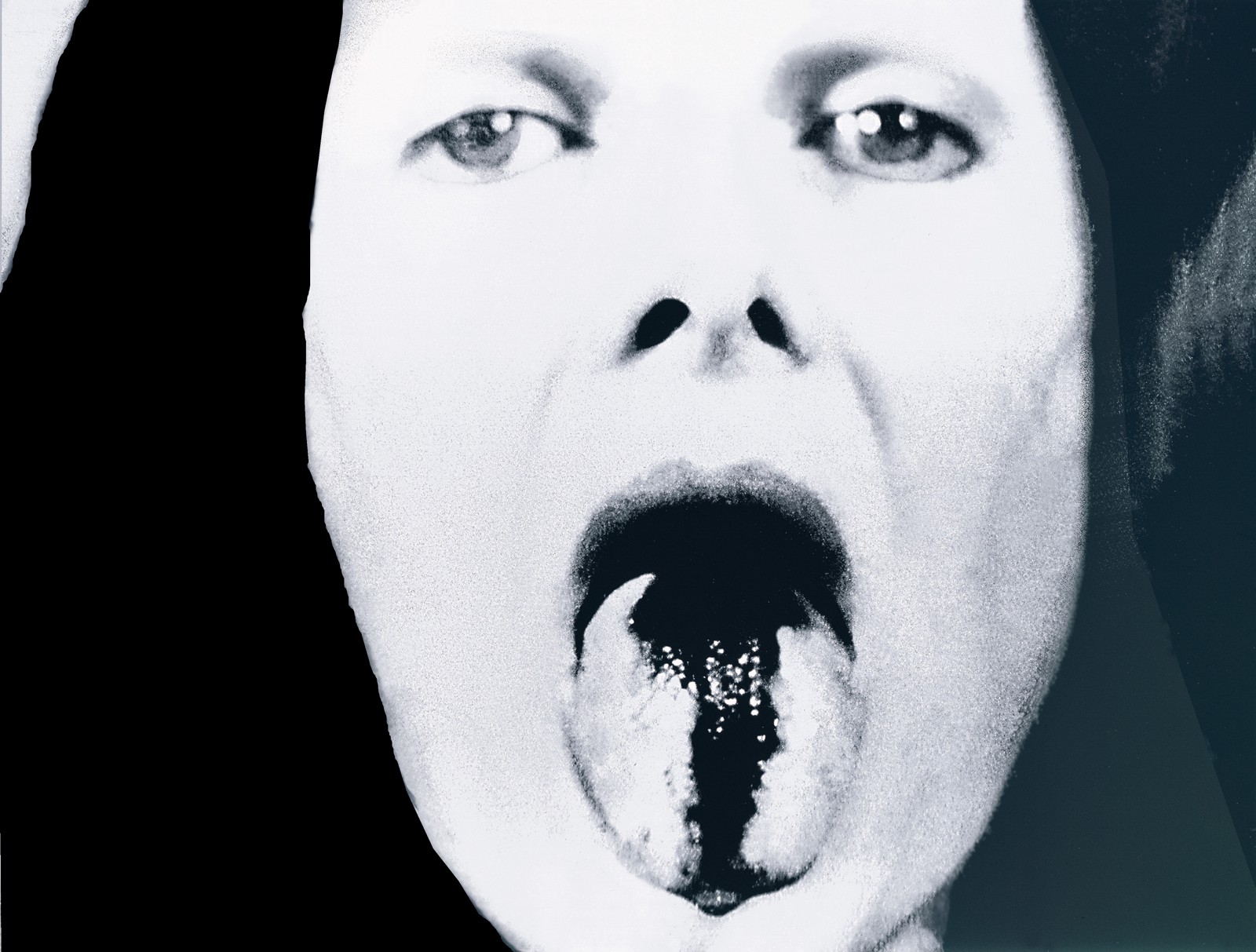
Lygia Pape, Visual Poems (Stabbed Tongue), 1968
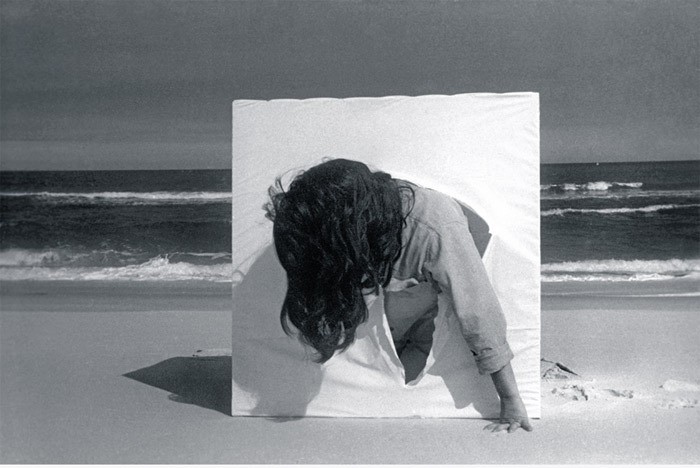
Lygia Pape, O Ovo, 1967
Lygia Clark, Writing, Mid-1980s
The child, in an act of piracy, introjects everything that touches the body, such as objects, different textures, parts of the bodies that physically come in contact with the child, different temperatures, and the unevenness of spaces.
This process is analogous for the psychotics: real objects become part of their bodies (a psychotic treated by Dr. Luiz Carlos [Wanderly] perceived part of a boat anchored in the bay as part of his own body).
The fetus lives “the inside is the outside” as a single reality. I am fascinated when I see a pregnant woman pushing the fetus’s foot that had moved and changed the shape of her belly. With her hands the mother pushes that food back into her belly, and the fetus feels this external force as his own.
I have always been passionate about “the inside is the outside,” and it has become the subject of all my research. When I was still making sculptures I called Bichos, I gave them the name O dentro é o fora [The inside is the outside] to one of them. By that time I also had dreams based on the theme. “In the inside that is the outside, a window and me: I want to pass through that window towards the outside that is the inside. When I wake up, the room’s window is the window in my dream, the inside I was looking for is the space outside.” It was at that occasion that I gave the name O dentro é o fora to one of the sculptures. It is an elastic and deformable sculpture, made of stainless steel. There is a void in the middle of the structure. This interior gives the sculpture some completely new aspects when we handle it. I consider O dentro é o fora the end of my proposal for the Bichos. Before O dentro é o fora, I made another Bicho without hinges that I called O antes é o depois [The before is the after]. Several times I woke up by my bedroom window – looking for the outer space as if it were “the inside.” I am scared by space – but it is from space that I rebuild myself. In crises, it escaped me. It is as if we played – the space and I – the cat and the mouse in a win-or-lose game.
I am the before or the after, I am the future in the present. I am the “inside and outside,” the obverse and the reverse. What moves me in the sculpture O dentro é o fora is that it transforms the perception I have of myself, of my body. It transforms me and I become formless, elastic, without defined physiognomy. Its lungs are mine.
It is the introjection of the cosmos. And at the same time it is my own self crystallized as an object in space. “The inside and the outside”: a living being open to all transformations. Its exterior space is an affective space. In my dialogue with my work O dentro é o fora, once again the participating beholder encounters his own precariousness. He discovers the ephemeral, as opposed to every kind of crystallization. The space is the now, time ceaselessly metamorphosing through action. Subject-object essentially identify themselves with the act. (1965)
The cannibalistic baby fetus sucks everything necessary from the womb to survive until birth. The trauma of birth, with the replacement of water by air, brings a major trauma and fear. All psychotics treated by Dr. Luiz Carlos [Wanderly] felt the same sensation: suddenly a huge pressure at the sternum, at the level of the lungs, and an enormous anguis, as if air would stop irrigating the lungs. This regression has never been experienced by some “borderline” personalities while it hits all psychotics. We can therefore say that we can live the very first baby’s traumatic experience by experimenting with this type of work. I think that is why we connect a state of euphoria (life) with the encounter of death.
Plentitude. I am overwhelmed by meaning. Every time I breathe, the rhythm is natural, fluid. It fuses action. I become aware of my “cosmic lung.” I enter into the total rhythm of the world. The world is my lung. Is this fusion death? Why does this plentitude taste like death? I’m so incredibly alive… How can these two poles be connected? At various times in my life I discovered the identity of life and death, a discovery that nevertheless had a new taste every time. One night I had the perception that the absolute was this empty-full, this sum of interior and exterior of which I have often spoken. The “empty-full” contains all potentialities. It is the act that provides meaning. The act in the making is time. I wonder if the absolute wouldn’t be the sum of all acts. Would this space-time be walking [caminhando] – where time walking makes and remakes itself continuously? It would be born of itself, this absolute time. We are a time-space totality. At the immanence of the act we do not perceive the limit of time. Past, present, and future intermingle. We exist before the afterward – but the afterward anticipates the act. The afterward is implied within the act at the instant of its making. If time lives at the act’s instant, that which comes from the act is embedded in the perception of absolute time. There is no distance between the past and the present. When one looks to the past, the anterior past and the present past intermingle. Perhaps none of this is very clear. But the evidence of perception is the only thing I hold. (1965)
The encounter of the ovule with the spermatozoa is already an anthropophagic act, one swallows the other. The baby continues his or her “walking” in a cannibalistic way, sucking the breast milk, the baby’s body living as part of the mother’s body. The baby has no limits. It is a communicating-vessel relationship. The baby lives the “lack” that pursues him until “finitude.” He substitutes this void with appropriations, his phantasmatic will be solidly incorporated…
(If I use a Möbius strip for this experiment, it will change our spatial habits: right-left, obverse-reverse side, etc… It makes us experience a time without limits and a continuous space.)
Each Caminhando is an immanent reality that is revealed in full during the time of the spectator-author’s expression.
At the beginning, the Caminhando is nothing but a potentiality. You are going to form, it and you, one single reality, total, existential. There is no separation between subject-object. It is a body-to-body situation, a fusion. The answers, many, were born of your choice.
The dualistic relationship between man and the Bicho that characterized the previous experiments is succeeded by a new type of fusion. The work is the act of making the work, the work and you are totally transformed in an indissociable one.
There is only one kind of duration: the act. The act is what makes the “Walking.” There is nothing before, and nothing after.
This process is analogous for the psychotics: real objects become part of their bodies (a psychotic treated by Dr. Luiz Carlos [Wanderly] perceived part of a boat anchored in the bay as part of his own body).
The fetus lives “the inside is the outside” as a single reality. I am fascinated when I see a pregnant woman pushing the fetus’s foot that had moved and changed the shape of her belly. With her hands the mother pushes that food back into her belly, and the fetus feels this external force as his own.
I have always been passionate about “the inside is the outside,” and it has become the subject of all my research. When I was still making sculptures I called Bichos, I gave them the name O dentro é o fora [The inside is the outside] to one of them. By that time I also had dreams based on the theme. “In the inside that is the outside, a window and me: I want to pass through that window towards the outside that is the inside. When I wake up, the room’s window is the window in my dream, the inside I was looking for is the space outside.” It was at that occasion that I gave the name O dentro é o fora to one of the sculptures. It is an elastic and deformable sculpture, made of stainless steel. There is a void in the middle of the structure. This interior gives the sculpture some completely new aspects when we handle it. I consider O dentro é o fora the end of my proposal for the Bichos. Before O dentro é o fora, I made another Bicho without hinges that I called O antes é o depois [The before is the after]. Several times I woke up by my bedroom window – looking for the outer space as if it were “the inside.” I am scared by space – but it is from space that I rebuild myself. In crises, it escaped me. It is as if we played – the space and I – the cat and the mouse in a win-or-lose game.
I am the before or the after, I am the future in the present. I am the “inside and outside,” the obverse and the reverse. What moves me in the sculpture O dentro é o fora is that it transforms the perception I have of myself, of my body. It transforms me and I become formless, elastic, without defined physiognomy. Its lungs are mine.
It is the introjection of the cosmos. And at the same time it is my own self crystallized as an object in space. “The inside and the outside”: a living being open to all transformations. Its exterior space is an affective space. In my dialogue with my work O dentro é o fora, once again the participating beholder encounters his own precariousness. He discovers the ephemeral, as opposed to every kind of crystallization. The space is the now, time ceaselessly metamorphosing through action. Subject-object essentially identify themselves with the act. (1965)
The cannibalistic baby fetus sucks everything necessary from the womb to survive until birth. The trauma of birth, with the replacement of water by air, brings a major trauma and fear. All psychotics treated by Dr. Luiz Carlos [Wanderly] felt the same sensation: suddenly a huge pressure at the sternum, at the level of the lungs, and an enormous anguis, as if air would stop irrigating the lungs. This regression has never been experienced by some “borderline” personalities while it hits all psychotics. We can therefore say that we can live the very first baby’s traumatic experience by experimenting with this type of work. I think that is why we connect a state of euphoria (life) with the encounter of death.
Plentitude. I am overwhelmed by meaning. Every time I breathe, the rhythm is natural, fluid. It fuses action. I become aware of my “cosmic lung.” I enter into the total rhythm of the world. The world is my lung. Is this fusion death? Why does this plentitude taste like death? I’m so incredibly alive… How can these two poles be connected? At various times in my life I discovered the identity of life and death, a discovery that nevertheless had a new taste every time. One night I had the perception that the absolute was this empty-full, this sum of interior and exterior of which I have often spoken. The “empty-full” contains all potentialities. It is the act that provides meaning. The act in the making is time. I wonder if the absolute wouldn’t be the sum of all acts. Would this space-time be walking [caminhando] – where time walking makes and remakes itself continuously? It would be born of itself, this absolute time. We are a time-space totality. At the immanence of the act we do not perceive the limit of time. Past, present, and future intermingle. We exist before the afterward – but the afterward anticipates the act. The afterward is implied within the act at the instant of its making. If time lives at the act’s instant, that which comes from the act is embedded in the perception of absolute time. There is no distance between the past and the present. When one looks to the past, the anterior past and the present past intermingle. Perhaps none of this is very clear. But the evidence of perception is the only thing I hold. (1965)
The encounter of the ovule with the spermatozoa is already an anthropophagic act, one swallows the other. The baby continues his or her “walking” in a cannibalistic way, sucking the breast milk, the baby’s body living as part of the mother’s body. The baby has no limits. It is a communicating-vessel relationship. The baby lives the “lack” that pursues him until “finitude.” He substitutes this void with appropriations, his phantasmatic will be solidly incorporated…
(If I use a Möbius strip for this experiment, it will change our spatial habits: right-left, obverse-reverse side, etc… It makes us experience a time without limits and a continuous space.)
Each Caminhando is an immanent reality that is revealed in full during the time of the spectator-author’s expression.
At the beginning, the Caminhando is nothing but a potentiality. You are going to form, it and you, one single reality, total, existential. There is no separation between subject-object. It is a body-to-body situation, a fusion. The answers, many, were born of your choice.
The dualistic relationship between man and the Bicho that characterized the previous experiments is succeeded by a new type of fusion. The work is the act of making the work, the work and you are totally transformed in an indissociable one.
There is only one kind of duration: the act. The act is what makes the “Walking.” There is nothing before, and nothing after.

Lygia Clark: Máscaras sensoriais, Documenta 10, 1997
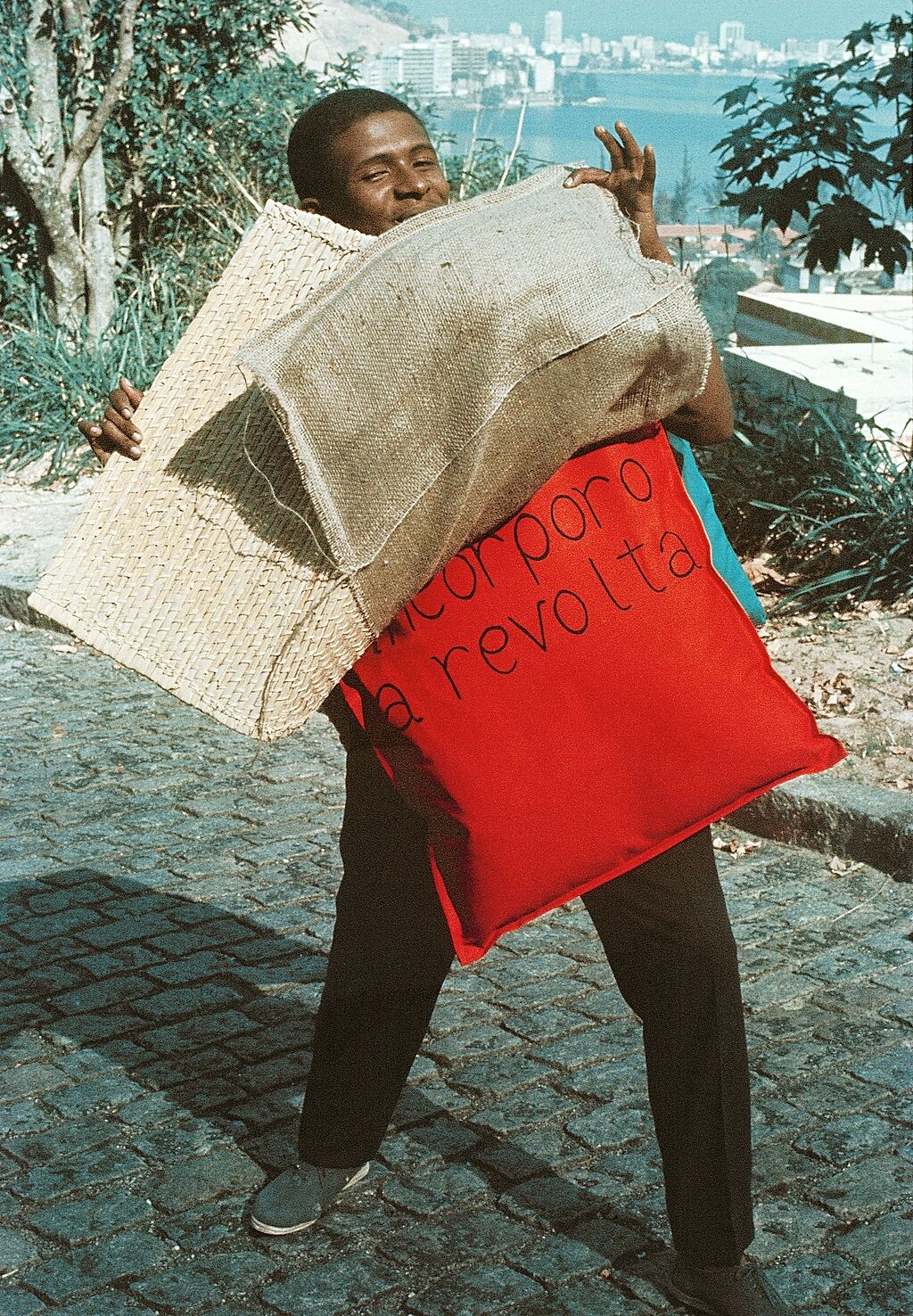
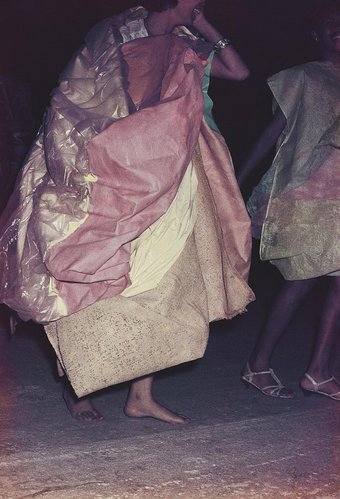

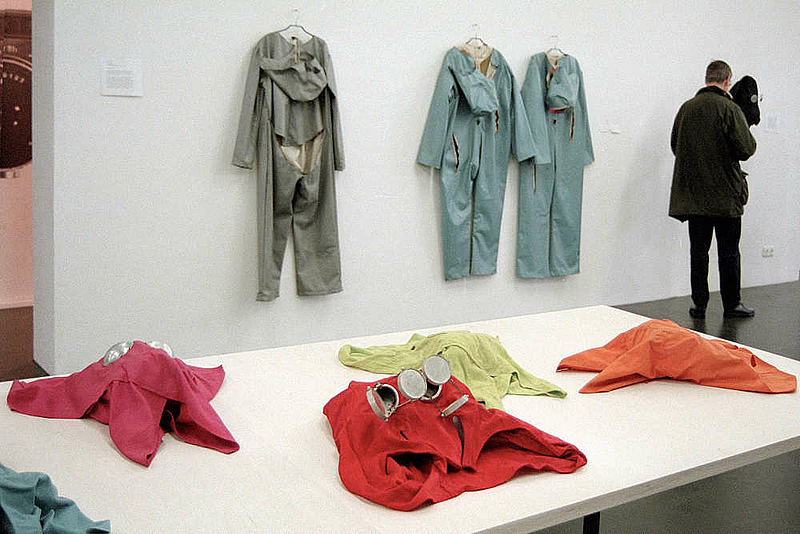
Clockwise from top left:
1. Hélio Oiticica, P15 Parangolé Cape 11, I Embody Revolt (P15 Parangolé Capa 12, Eu Incorporo a Revolta) worn by Nildo of Mangueira, 1967 2. Hélio Oiticica. P07 Parangolé Cape 04 'Clark' 1964-65. Paint; canvas; burlap; vinyl plastic 3. Lygia Pape, Divisor 1968 4. Lygia Clark, Overalls sensoriais. 1967. Exhibited at the Ottoneum Documenta 10, 1997
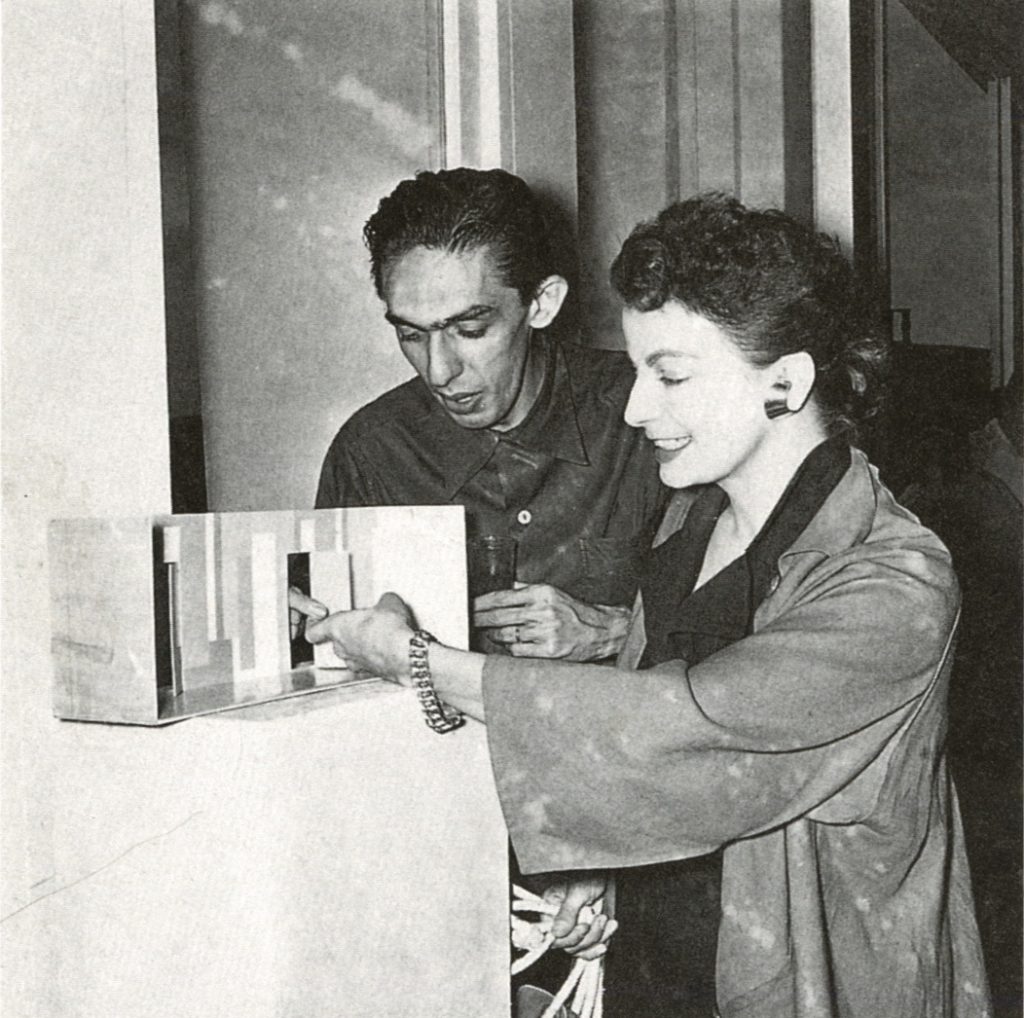
Ferreira Gullar and Lygia Clark at the 2nd collective exhibit of Grupo Frente Museum of Modern Art Rio 1955

Lygia Clark, "Diálogo de Mãos (Hand Dialogue) par of Objetos Sensoriais," (1966)